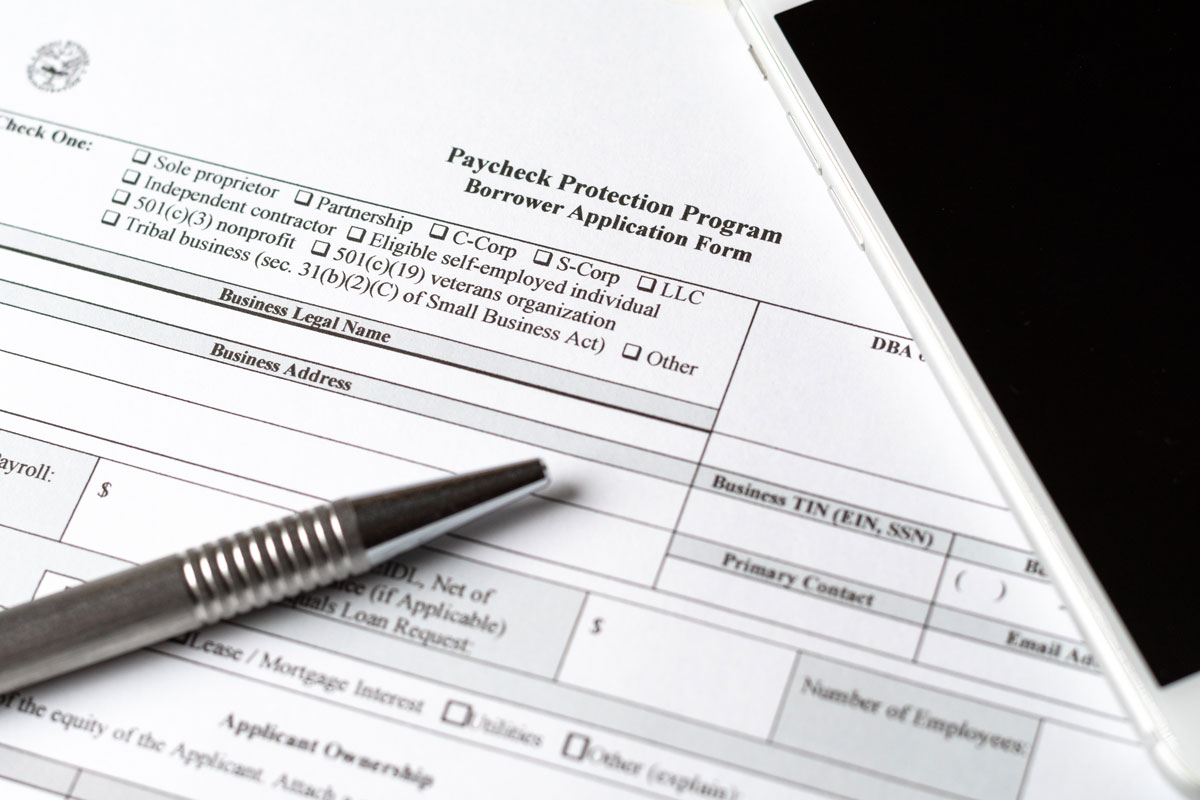
26 Feb Changes to PPP Loan Program Benefit Sole Proprietors, Microbusinesses, and Underserved Communities
The Biden administration has announced changes to the Payroll Protection Program devised to benefit those who have had the most difficulty accessing the forgivable loans. The changes to the program were announced on Monday, February 22. Sole proprietors, small businesses with fewer than 20 people, and sole proprietors in low- and middle-income regions – businesses that received a smaller share of the PPP funding last year – will have easier access to loans.
For Microbusinesses
For a two-week period starting on Wednesday, February 24, the Small Business Administration will only process loan applications from microbusinesses of 20 employees or fewer. Small businesses can apply for either a first-time PPP loan or for a second-round loan if they already received a PPP loan. To qualify for a second-round loan, the business must have spent or plan to spend the entire amount of their first-round loan and must demonstrate that they had a drop in revenue of 25% or more during any quarter in 2020. Loans for small businesses are usually 2.5 times the company’s payroll costs.
For Sole Proprietors
Previously, the loan amounts were calculated from the net profit number from the applicant’s 1040 Schedule C, which included business deductions. The result is that many sole proprietors, including freelancers and contract workers, saw very small loan amounts. Now, loan amounts for sole proprietors will be calculated based on gross income rather than on net profit. That means expenses will be largely excluded from the loan calculation, and non-profitable businesses can qualify for a loan.
The SBA has still not issued written guidance on how to calculate the loans for lenders to follow. Until that guidance is issued, sole proprietors should hold off on submitting their loan applications. A loan application submitted before the new guidance is issued is subject to the rules in effect at the time of application. That means someone applying for a PPP loan too soon won’t be able to avail themselves of the more generous terms. However, applicants won’t have long to wait; the SBA is expected to issue its guidance in early March.
For Businesses in Low- and Moderate-Income Areas
The correction to the loan calculation for sole proprietors will benefit underserved communities: according to Black Demographics, 95% of Black-owned businesses are sole proprietorships or partnerships with no employees. In addition to the correction to the loan calculation, $1 billion will be set aside for funding sole proprietors in low- and moderate-income areas. Over 70% of these businesses in these communities are owned by women and people of color and have been disproportionately affected by the pandemic. From a CNBC survey:
- Only 37% of Black small business owners report they can survive more than a year under existing conditions, versus 59% of White and 55% of Hispanic small business owners.
- 25% of Black small business owners report their business has been shuttered because of the pandemic, versus 8% of White small business owners.
- 9% of Black small business owners report their business was shut down, reopened, and then shuttered again, versus 3% of White business owners.
For guidance in applying for a PPP loan, watch The US Black Chambers’ webinar, How To Navigate PPP New Rules & Requirements.
Correcting Disparity in PPP Loan Access
The disparity in access to PPP funding became apparent last year after the SBA released data on PPP loan recipients in response to a Freedom of Information Act request by news organizations. According to CNBC, 98% of small businesses employ fewer than 20 people, and yet those businesses received only 45% of PPP funds. The Washington Post reported in December that over half of the $522 billion in PPP loans disbursed in 2020 went to the top 5% of recipients – the largest small businesses such as national chains. The Associated Press found that minority-owned businesses disproportionately were rejected during the first and second rounds of PPP funding. That finding was not entirely unexpected. Last May, the Inspector General reported that the SBA did not instruct lenders to prioritize under-served businesses – minority- and women-owned businesses, and rural businesses – as required by the
CARES Act.
Photo @ Simon Lehmann, iStock.
